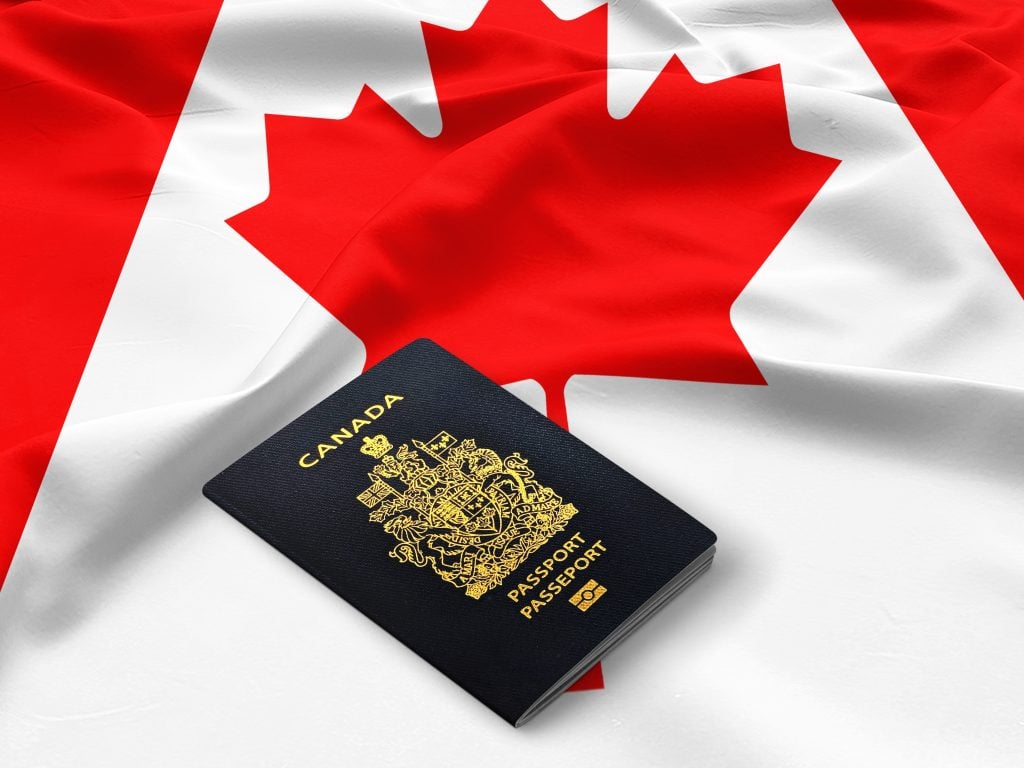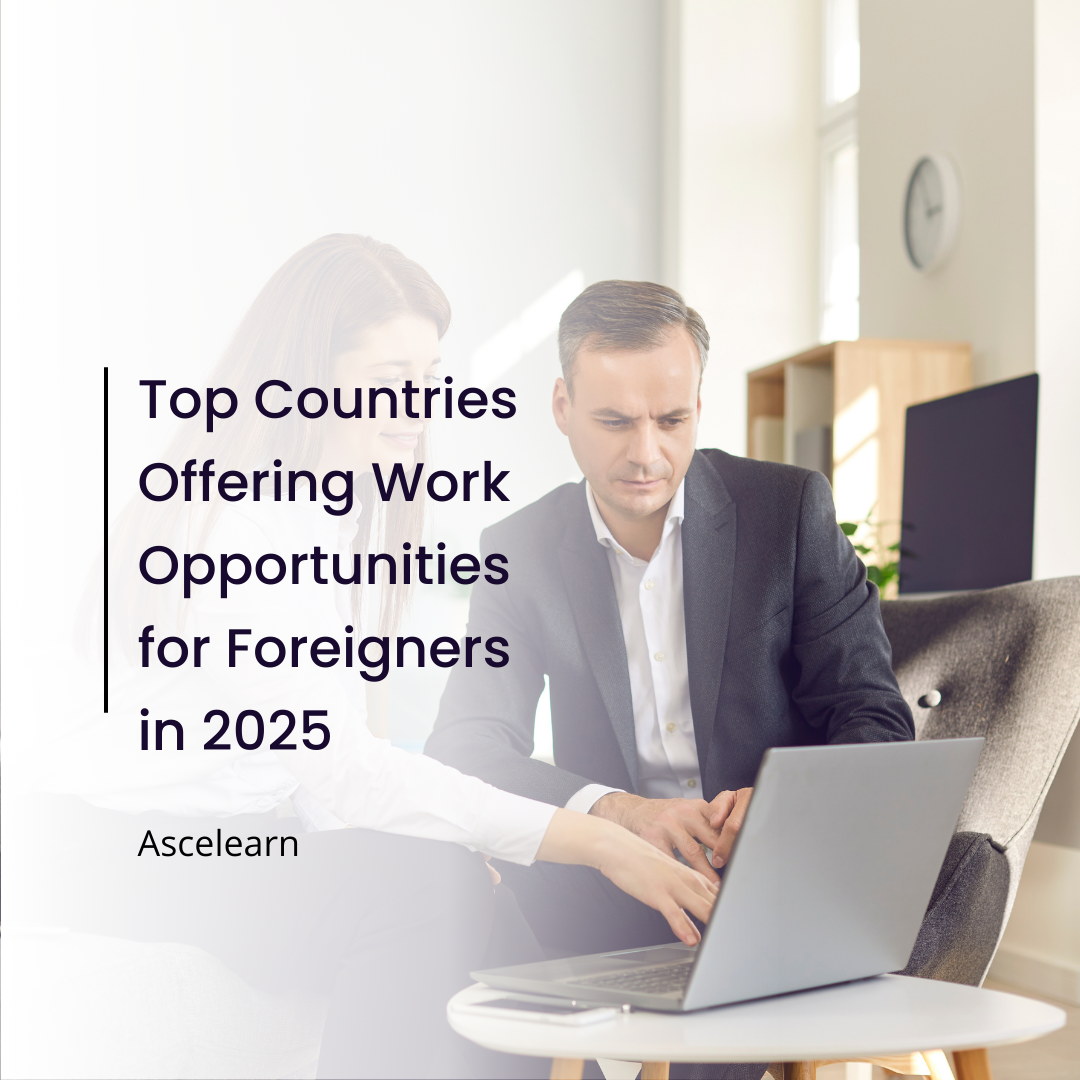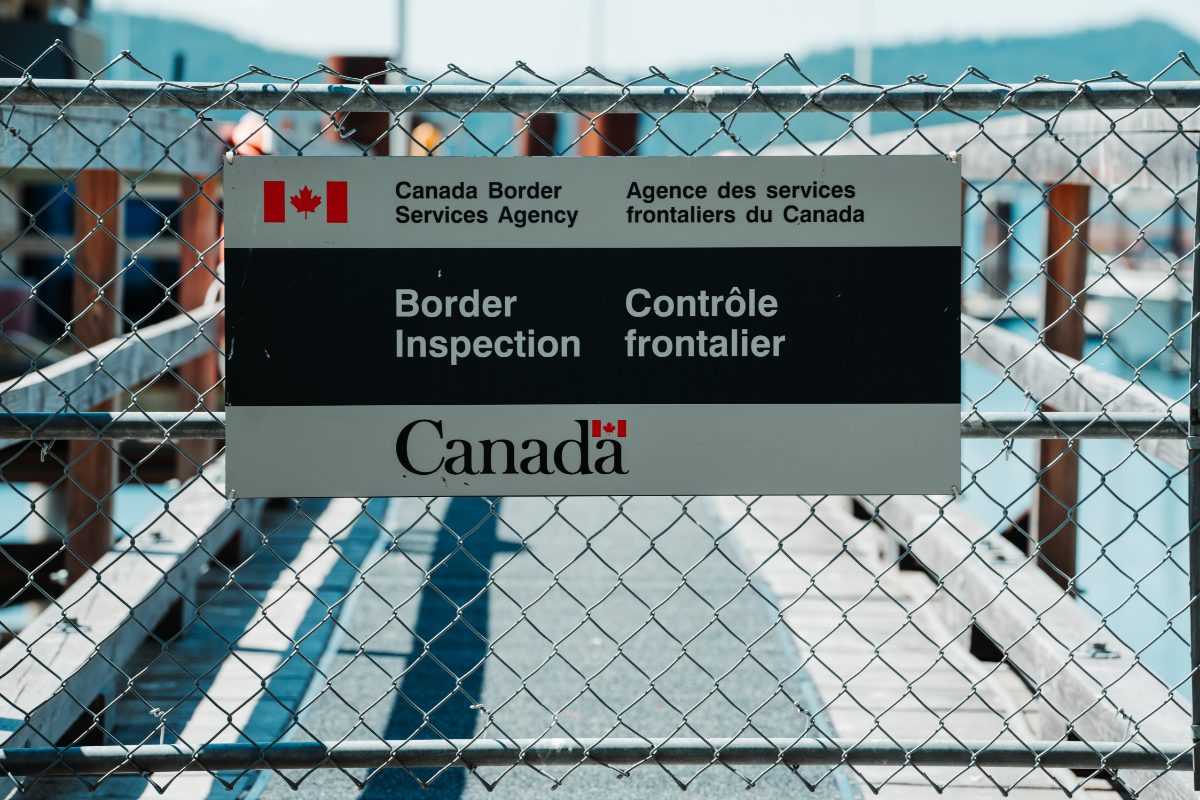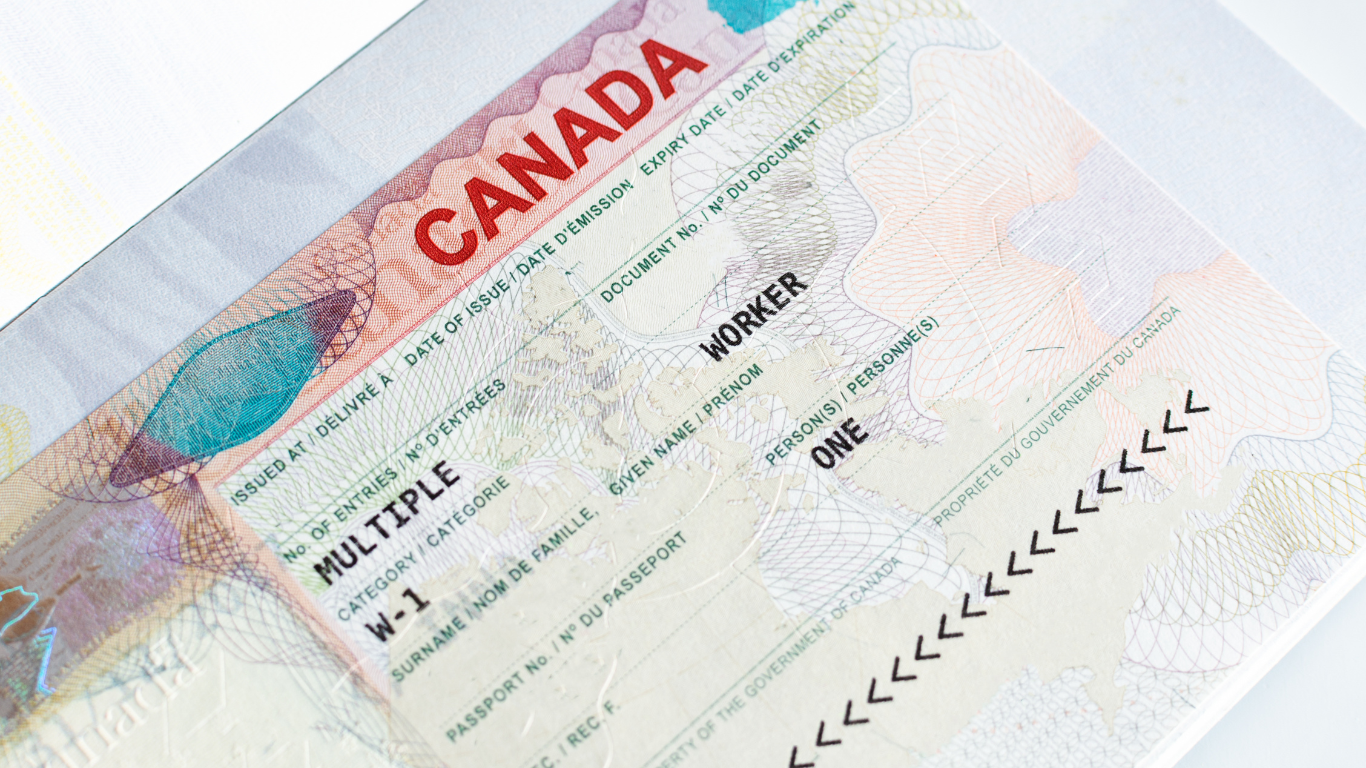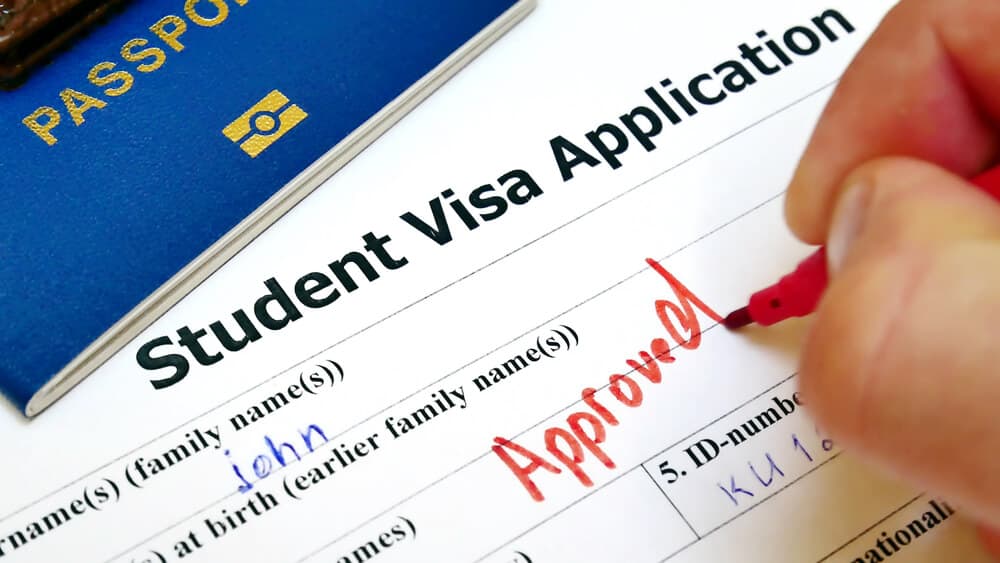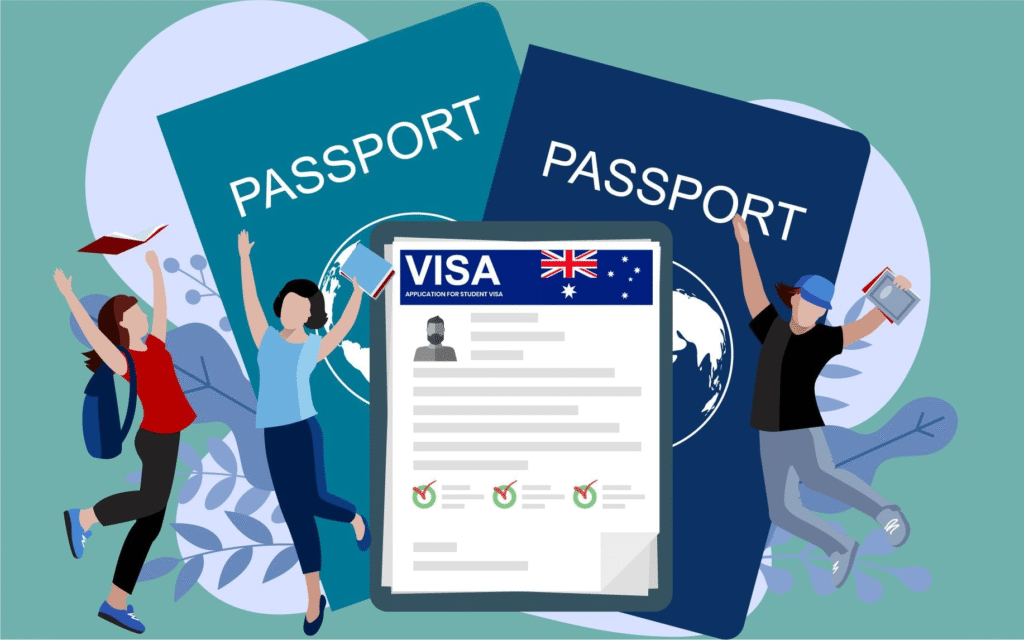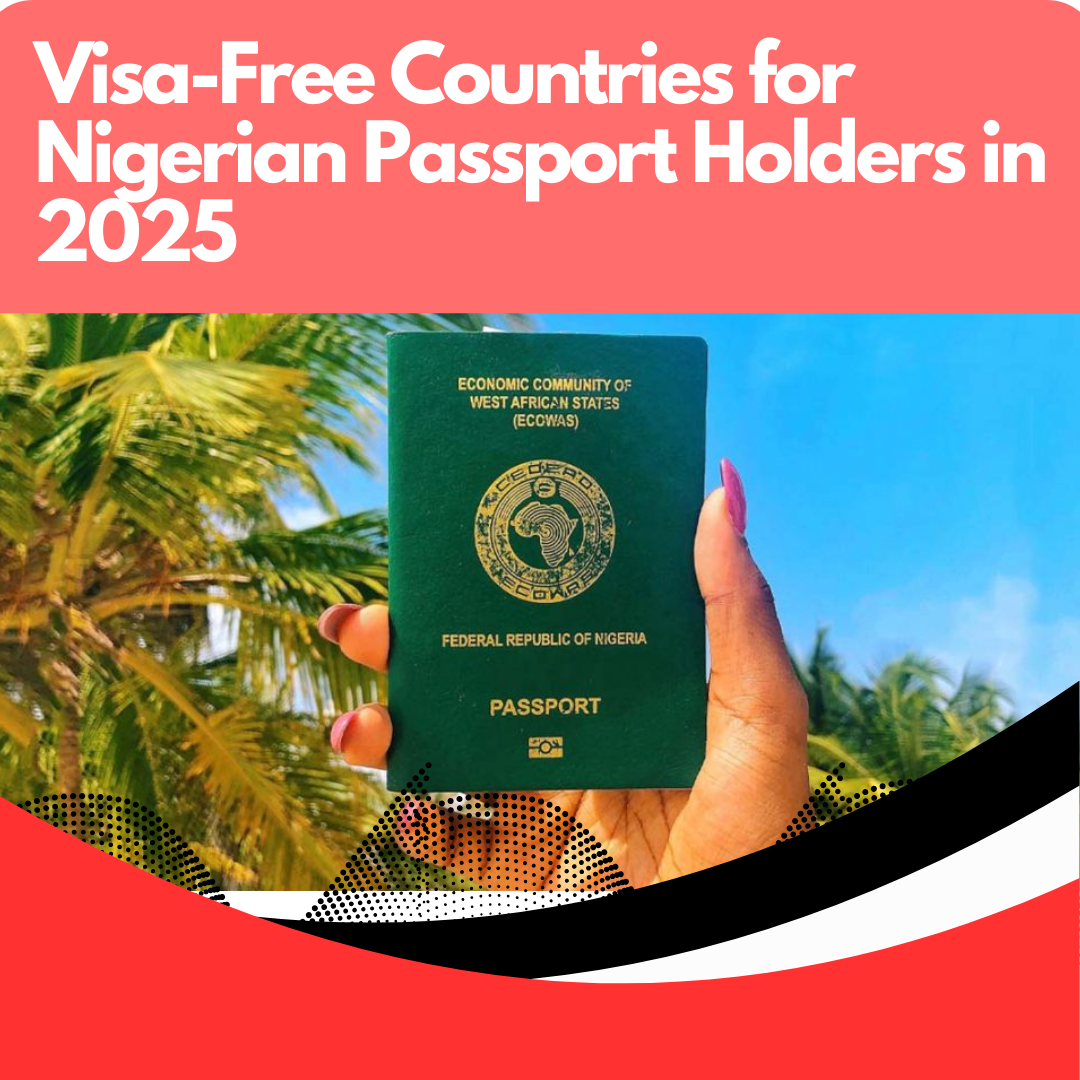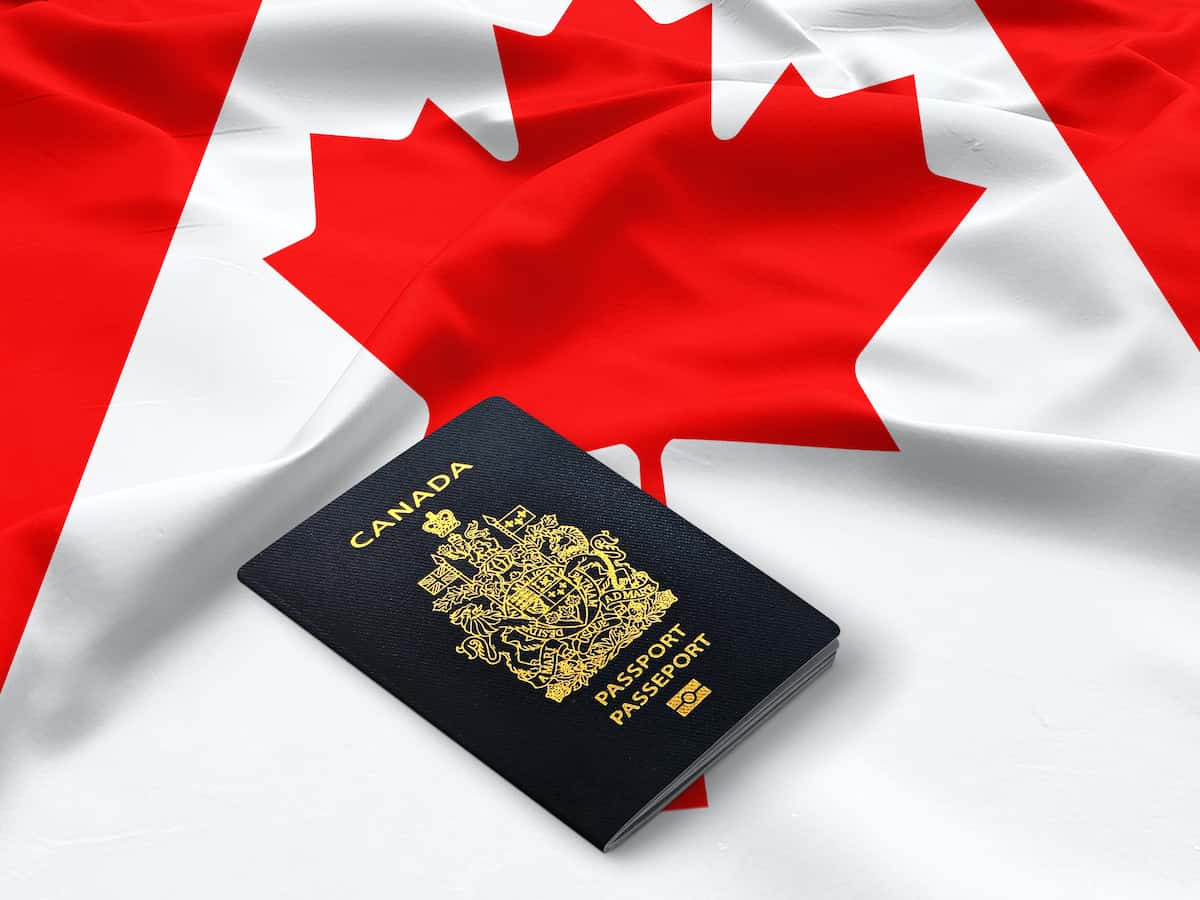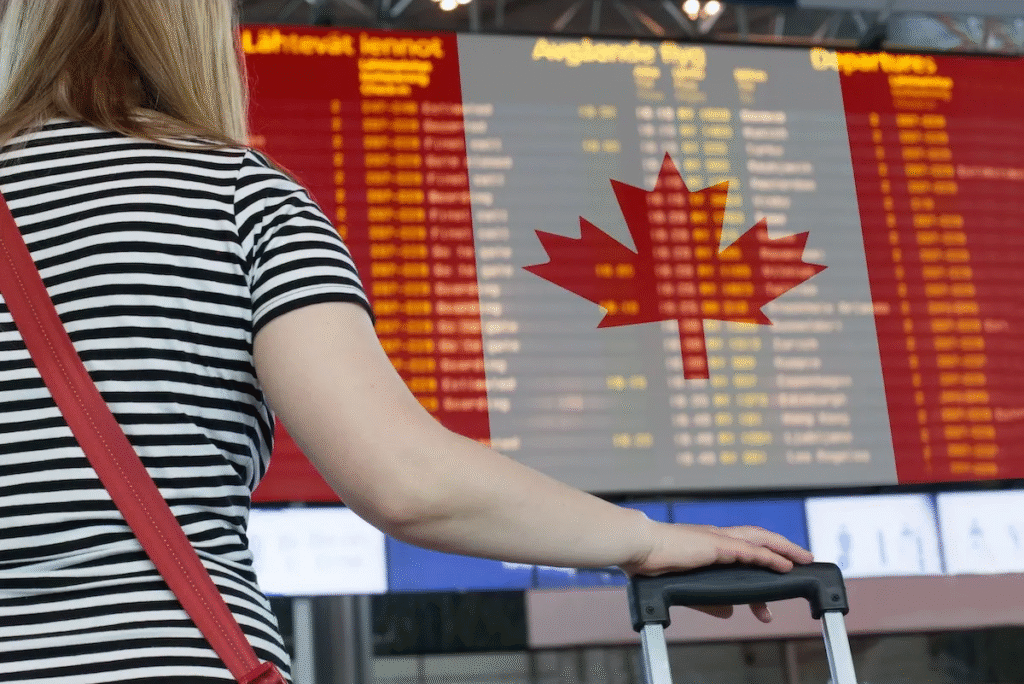Immigration, Refugees and Citizenship Canada (IRCC) has once again invited candidates to apply for permanent residency through the Express Entry system.
In the most recent draw, IRCC issued 291 Invitations to Apply (ITAs) to candidates under the Provincial Nominee Program (PNP).
To qualify in this round, applicants needed:
- A minimum Comprehensive Ranking System (CRS) score of 855
- An Express Entry profile created before April 8, 2025, at 1:25 a.m. (UTC)
👉 Wondering how competitive your Express Entry profile is? This update helps you measure your chances in future draws.
📊 Summary of Express Entry Draws in 2025
Here’s a breakdown of all Express Entry draws so far this year:
| Date | Draw Type | Number of ITAs | Cut-off CRS score |
|---|---|---|---|
| September 29 | Provincial Nominee Program | 291 | 855 |
| September 18 | Trade | 1,250 | 505 |
| September 17 | Education | 2,500 | 462 |
| September 15 | Provincial Nominee Program | 228 | 746 |
| September 4 | French language proficiency | 4,500 | 446 |
| September 3 | Canadian Experience Class | 1,000 | 534 |
| September 2 | Provincial Nominee Program | 249 | 772 |
| August 19 | Healthcare and social services | 2,500 | 470 |
| August 18 | Provincial Nominee Program | 192 | 800 |
| August 8 | French language proficiency | 2,500 | 481 |
| August 7 | Canadian Experience Class | 1,000 | 534 |
| August 6 | Provincial Nominee Program | 225 | 739 |
| July 22 | Healthcare and social services | 4,000 | 475 |
| July 21 | Provincial Nominee Program | 202 | 788 |
| July 8 | Canadian Experience Class | 3,000 | 518 |
| July 7 | Provincial Nominee Program | 356 | 750 |
| June 26 | Canadian Experience Class | 3,000 | 521 |
| June 23 | Provincial Nominee Program | 503 | 742 |
| June 12 | Canadian Experience Class | 3,000 | 529 |
| June 10 | Provincial Nominee Program | 125 | 784 |
| June 4 | Healthcare and social services | 500 | 504 |
| June 2 | Provincial Nominee Program | 277 | 726 |
| May 13 | Canadian Experience Class | 500 | 547 |
| May 12 | Provincial Nominee Program | 511 | 706 |
| May 2 | Healthcare and social services | 500 | 510 |
| May 1 | Education | 1,000 | 479 |
| April 28 | Provincial Nominee Program | 421 | 727 |
| April 14 | Provincial Nominee Program | 825 | 764 |
| March 21 | French language proficiency | 7,500 | 379 |
| March 17 | Provincial Nominee Program | 536 | 736 |
| March 6 | French language proficiency | 4,500 | 410 |
| March 3 | Provincial Nominee Program | 725 | 667 |
| February 19 | French language proficiency | 6,500 | 428 |
| February 17 | Provincial Nominee Program | 646 | 750 |
| February 5 | Canadian Experience Class | 4,000 | 521 |
| February 4 | Provincial Nominee Program | 455 | 802 |
| January 23 | Canadian Experience Class | 4,000 | 527 |
| January 8 | Canadian Experience Class | 1,350 | 542 |
| January 7 | Provincial Nominee Program | 471 | 793 |
📌 Latest Express Entry Trends
The September 29 PNP draw marks the seventh draw this month, following:
- A Trades draw on September 18
- An Education draw on September 17
- A PNP draw on September 15
This is also the 18th PNP-specific draw conducted by IRCC in 2025.
So far this year, IRCC has issued 65,838 ITAs through Express Entry.

Breakdown of Express Entry Draws in 2025
IRCC has focused primarily on PNP draws, but invitations have also been distributed among Canadian Experience Class (CEC) candidates, French-language proficiency draws, and priority occupations such as healthcare, trades, and education.
Draw Type by Frequency in 2025:
- Provincial Nominee Program (PNP): 18 draws
- Canadian Experience Class (CEC): 9 draws
- French-language proficiency: 5 draws
- Healthcare and social services: 4 draws
- Education: 2 draws
- Trade: 1 draw
ITAs Issued by Stream in 2025:
- French: 25,500
- Canadian Experience Class: 20,850
- Healthcare and social services: 7,500
- Provincial Nominee Program: 6,947
- Education: 3,500
- Trade: 1,250
Click Here To Learn More About Canada’s AI Border Screening for Travellers
✅ Key Takeaway
The latest Express Entry PNP draw highlights the continued importance of provincial nominations in boosting CRS scores and securing an ITA. With over 65,000 invitations already issued in 2025, candidates with strong profiles, French language skills, or provincial nominations have the best chances of receiving an invitation.
If you’re preparing your Express Entry profile in 2025, staying updated on draw trends and understanding CRS requirements will help you position yourself for success. Immigration, Refugees and Citizenship Canada (IRCC) has once again invited candidates to apply for permanent residency through the Express Entry system.
In the most recent draw, IRCC issued 291 Invitations to Apply (ITAs) to candidates under the Provincial Nominee Program (PNP).
To qualify in this round, applicants needed:
- A minimum Comprehensive Ranking System (CRS) score of 855
- An Express Entry profile created before April 8, 2025, at 1:25 a.m. (UTC)
👉 Wondering how competitive your Express Entry profile is? This update helps you measure your chances in future draws.
📊 Summary of Express Entry Draws in 2025
Here’s a breakdown of all Express Entry draws so far this year:
| Date | Draw Type | Number of ITAs | Cut-off CRS score |
|---|---|---|---|
| September 29 | Provincial Nominee Program | 291 | 855 |
| September 18 | Trade | 1,250 | 505 |
| September 17 | Education | 2,500 | 462 |
| September 15 | Provincial Nominee Program | 228 | 746 |
| September 4 | French language proficiency | 4,500 | 446 |
| September 3 | Canadian Experience Class | 1,000 | 534 |
| September 2 | Provincial Nominee Program | 249 | 772 |
| August 19 | Healthcare and social services | 2,500 | 470 |
| August 18 | Provincial Nominee Program | 192 | 800 |
| August 8 | French language proficiency | 2,500 | 481 |
| August 7 | Canadian Experience Class | 1,000 | 534 |
| August 6 | Provincial Nominee Program | 225 | 739 |
| July 22 | Healthcare and social services | 4,000 | 475 |
| July 21 | Provincial Nominee Program | 202 | 788 |
| July 8 | Canadian Experience Class | 3,000 | 518 |
| July 7 | Provincial Nominee Program | 356 | 750 |
| June 26 | Canadian Experience Class | 3,000 | 521 |
| June 23 | Provincial Nominee Program | 503 | 742 |
| June 12 | Canadian Experience Class | 3,000 | 529 |
| June 10 | Provincial Nominee Program | 125 | 784 |
| June 4 | Healthcare and social services | 500 | 504 |
| June 2 | Provincial Nominee Program | 277 | 726 |
| May 13 | Canadian Experience Class | 500 | 547 |
| May 12 | Provincial Nominee Program | 511 | 706 |
| May 2 | Healthcare and social services | 500 | 510 |
| May 1 | Education | 1,000 | 479 |
| April 28 | Provincial Nominee Program | 421 | 727 |
| April 14 | Provincial Nominee Program | 825 | 764 |
| March 21 | French language proficiency | 7,500 | 379 |
| March 17 | Provincial Nominee Program | 536 | 736 |
| March 6 | French language proficiency | 4,500 | 410 |
| March 3 | Provincial Nominee Program | 725 | 667 |
| February 19 | French language proficiency | 6,500 | 428 |
| February 17 | Provincial Nominee Program | 646 | 750 |
| February 5 | Canadian Experience Class | 4,000 | 521 |
| February 4 | Provincial Nominee Program | 455 | 802 |
| January 23 | Canadian Experience Class | 4,000 | 527 |
| January 8 | Canadian Experience Class | 1,350 | 542 |
| January 7 | Provincial Nominee Program | 471 | 793 |
📌 Latest Express Entry Trends
The September 29 PNP draw marks the seventh draw this month, following:
- A Trades draw on September 18
- An Education draw on September 17
- A PNP draw on September 15
This is also the 18th PNP-specific draw conducted by IRCC in 2025.
So far this year, IRCC has issued 65,838 ITAs through Express Entry.
Breakdown of Express Entry Draws in 2025
IRCC has focused primarily on PNP draws, but invitations have also been distributed among Canadian Experience Class (CEC) candidates, French-language proficiency draws, and priority occupations such as healthcare, trades, and education.
Draw Type by Frequency in 2025:
- Provincial Nominee Program (PNP): 18 draws
- Canadian Experience Class (CEC): 9 draws
- French-language proficiency: 5 draws
- Healthcare and social services: 4 draws
- Education: 2 draws
- Trade: 1 draw
ITAs Issued by Stream in 2025:
- French: 25,500
- Canadian Experience Class: 20,850
- Healthcare and social services: 7,500
- Provincial Nominee Program: 6,947
- Education: 3,500
- Trade: 1,250
✅ Key Takeaway
The latest Express Entry PNP draw highlights the continued importance of provincial nominations in boosting CRS scores and securing an ITA. With over 65,000 invitations already issued in 2025, candidates with strong profiles, French language skills, or provincial nominations have the best chances of receiving an invitation.
If you’re preparing your Express Entry profile in 2025, staying updated on draw trends and understanding CRS requirements will help you position yourself for success.
